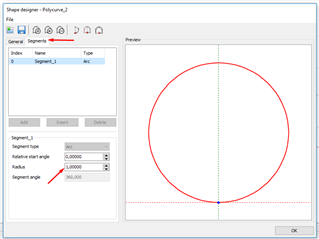
In recent years, soil models have significantly advanced from the basic elastic perfectly plastic Mohr Coulomb soil models. The Mohr-Coulomb soil model was limited in that the stress-dependency of soil stiffness was not taken into account in addition to the yield cap being fixed in principal state.



Plaxis 3d 2017 Tutorial Manual Instructions

Now we have soil models that can model soil stiffness degradation with stress in addition to having a yield surface that expands or contracts due to plastic straining.
Plaxis 3d Download
For strain-hardening soil models (such as the Hardening Soil model in PLAXIS), the yield surface expands to accommodate plastic straining while strain-softening soil models will have a contraction of the yield surface.
At typical working loads, whether a user has adopted a strain-hardening or strain-softening soil model is often irrelevant since the soil has not reached the yield surface. For cases such as cavity expansion, however, the choice of the soil model has a significant impact on the resulting stresses and displacements since soil failure will have occurred. For clayey soils, a strain-hardening soil model will show a permanent increase in mean effective stress in the soil adjacent to the expanded cylindrical (or spherical) cavity. A strain-softening soil model, however, will show an increase in mean effective stress up to soil yielding and then exhibit a reduction in mean effective stress. After cavity expansion, a strain softening soil model can show a reduction or an increase in mean effective stress in the soil adjacent to the cavity.
The most advanced soil models at present (e.g. the SCLAY-1S soil model) have improved on this further by taking into account the destructuration of clays due to large strains. These models consider the breakdown of inter-particle bonds due to large strains and the destructuration of the clay structure.
Plaxis 2d Tutorial
I am just going through the Tutorial and the piled raft connection in Tutorial 1 of PLAXIS 3D Tutorial Manual caught my attention. How did they arrive at the Tskin,start, max value of 200 kN/m. PLAXIS 3D 2016 Importing CAD data into PLAXIS 3D PLAXIS 3D 2016 Using the Polar array tool PLAXIS 3D 2017 Cross and parallel permeability for interfaces PLAXIS 3D 2017 Export a PLAXIS model to CAD for post-processing PLAXIS 3D 2017 Improved sequencing definition for NATM tunnels PLAXIS 3D 2017 Using the Revolve around axis tool Plaxis 3D.
Plaxis 3d 2018
3d offshore PLAXIS 3D rigid body shape designer suction anchor suction pile tutorial undrained workflow 04 Oct 2018 3D Finite Element Analyses – Interaction between Abutment and Adjacent Earth Embankment of a Modern Railway Bridge. PLAXIS 3D Dynamics is an easy-to-use, add-on module to PLAXIS 3D; so, when you need something that goes beyond the low-frequency vibrations, this is the choice for you. PLAXIS 3D Dynamics module can handle more advanced seismic analysis than what is available by default in PLAXIS and can accurately calculate the effects of vibrations with a. This Tutorial Manual is a simplified version of the Tutorial Manual supplied with the Professional Version of PLAXIS 3D Foundation and takes the limitations of the Introductory Version in account. It is intended to help new users become familiar with PLAXIS 3D Foundation. The various lessons deal with a range of interesting practical.




